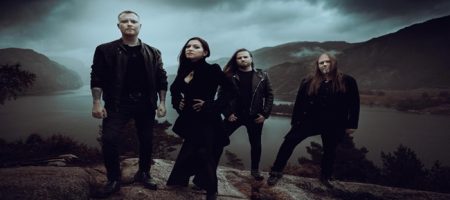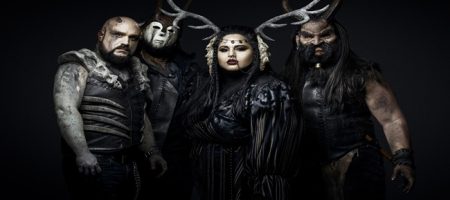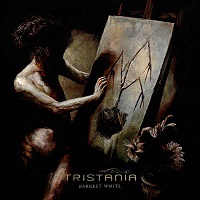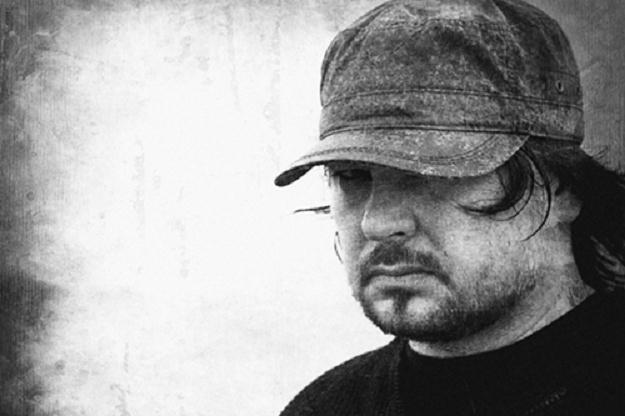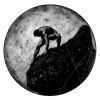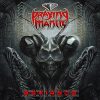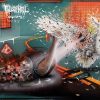Tristania – Requiem For a Scream
Tuesday, 2nd July 2013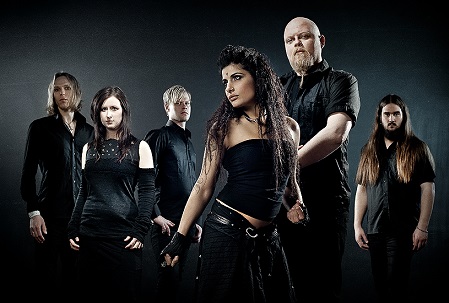
Once the torchbearers for female-fronted, symphonic Goth metal, Norway’s Tristania have made diligent strides in the other direction, evolving into an entity almost separate from their past. You won’t hear vast choirs or bombastic keyboards on their new Darkest White (Napalm Records), instead, a multi-pronged vocal approach featuring female singer Mariangela Demurtas and former Green Carnation vocalist Kjetil Nordhaus is the onus, and it works splendidly. The flavor and depth of numbers such as “Requiem,” “Scarling,” and “Night on Earth” dovetail into Tristania’s approach to smashing the boundaries that once defined, and ultimately hindered them as a band. And as the band’s music gets more exotic and fashioned, the more captivating the songs have become. To lend weight to the subject matter at hand, we grabbed founding guitarist Anders Hidle for a round of questions. Here’s how it went down…
Dead Rhetoric: To start with the obvious, you’re clearly miles beyond the Goth outfit you started out as. What determined this gradual shift in focus?
Anders Hidle: How we’re being perceived has never really been a focus for us. The music has always been the important thing for us, and we’ve left the branding to the labels and journalists. Tristania has since day one been all about a musical evolution. The only album I would regard as a typical gothic metal album is our debut album, Widow’s Weeds. On our second album, Beyond the Veil, we started to experiment with different sounds, and we included a few more experimental tunes. So for the last 14 years we’ve never cared about what to call our music. In general, I would say that music becomes interesting when you have no limitations, and we like to play around with a lot of moods and different genres.
Dead Rhetoric: Another obvious question: Would the Tristania of say, 2000, be able to make the albums you’re making today?
Hidle: Most definitely not. Together with Einar [Moen, keyboards], I’ve personally recruited the current members of the band. It was important for us that the new members would contribute with creative ideas. Creative-wise, I would say we are a stronger band than ever, and everyone has been contributing to the final tunes. Members like Ole [Vistnes, bass] and Tarald [Lie, drums] have become really important for Tristania’s current expression.
Dead Rhetoric: When you were considered a traditional Goth metal band, did you feel restricted?
Hidle: Not really, because we never let other set restrictions for how we make music. We’ve never regarded ourselves as a traditional Goth band, and this musical freedom is what we enjoy about the band. If we would have made music with a formula and tried to make the same album over and over we would have been bored. I feel proud of the fact that we’ve released seven very different sounding albums to date, but they’re all really recognizable as Tristania. The basic atmosphere in our music has always been there, but each album has a completely different vibe.
Dead Rhetoric: After the success of Beyond the Veil, how did things change for the band?
Hidle: Not too much really, as we basically kept doing what we’ve always done: Toured as much as possible when we haven’t been working on a new album. I guess how the album was received gave us confidence to keep evolving as a band and do our own thing.
Dead Rhetoric: Where do you think the band would be had that lineup stayed in formation?
Hidle: Impossible to say, as I think we probably we would have split up by now if there wouldn’t have been changes in the lineup.
Dead Rhetoric: Rubicon could be considered a much-needed boost for the band, one that was well-received across the board. Did it help influence the writing for Darkest White?
Hidle: I would say that Rubicon was important for in two different ways, in particular. The obvious one is that Rubicon was the first album with today’s line-up. One can argue that the fundamental for Darkest White was the work we did together with Rubicon. Also, Darkest White can be regarded as direct reaction to Rubicon. Like many times before, we felt like doing something completely different. Darkest White is raw and brutal where Rubicon is polished and controlled.
Dead Rhetoric: Darkest White is your second album with Mariangela. What was the recording and writing process with her this time around? Describe her growth as a vocalist. She has some pretty excellent moments on “Requiem” and “Scarling.”
Hidle: Although Mariangela did a great job on Rubicon, she wasn’t 100% happy with her vocal performance on that album. She felt as she hadn’t used her full potential as a vocalist. Since then she has got a lot of experience touring with Tristania, and today she is much more relaxed and confident with her role in the band. I think this really shines through on this album, especially in the two tracks you mentioned and “Himmelfall.” Also, it has to be mentioned that our producer Chirster André Cederberg did an amazing job during the vocal recordings. He has a special way of getting the singers to perform their utmost best, and I think Mariangela, Kjetil and Ole have done their best recorded vocal performances today with Darkest White.
Dead Rhetoric: You have the benefit of two great vocalists in the band with Mariangela and Kjetil. What’s it like having both of them at your disposal?
Hidle: Tristania has always been a band with diverse and great vocal resources. The different vocals have become some sort of a trademark for this band. Today we have four singers in the band, and I feel privileged to be in a band with such great vocalists as Mariangela, Kjetil and Ole.
Dead Rhetoric: It must be noted that Darkest White is your first album in quite some time without either Vibeke or Mariangela on it. What prompted the different style of artwork?
Hidle: Personally I’ve never been found of that kind of artwork. It has always been the labels who have kept pushing this, and frankly, we felt that enough is enough. As the album was taking shape, it became clear that it wouldn’t work with a pretty face on the cover of this. For the first time since Ashes we had the total control of the visual aspects of the album. We contacted an artist named Eliran Kantor, and he came up with this magnificent painting as cover. We’re extremely happy with the job he did, and I think the cover this time suits the musical and lyrical content of the album perfectly.
Dead Rhetoric: Finally, what’s on the agenda for the rest of 2013?
Hidle: We’re doing a few of the bigger festivals in Europe during the summer and we’re going back to Latin America in December. Between the two we hope to do a full tour. There are plans for tours both in Europe and US. We can’t wait to do Darkest White live.











